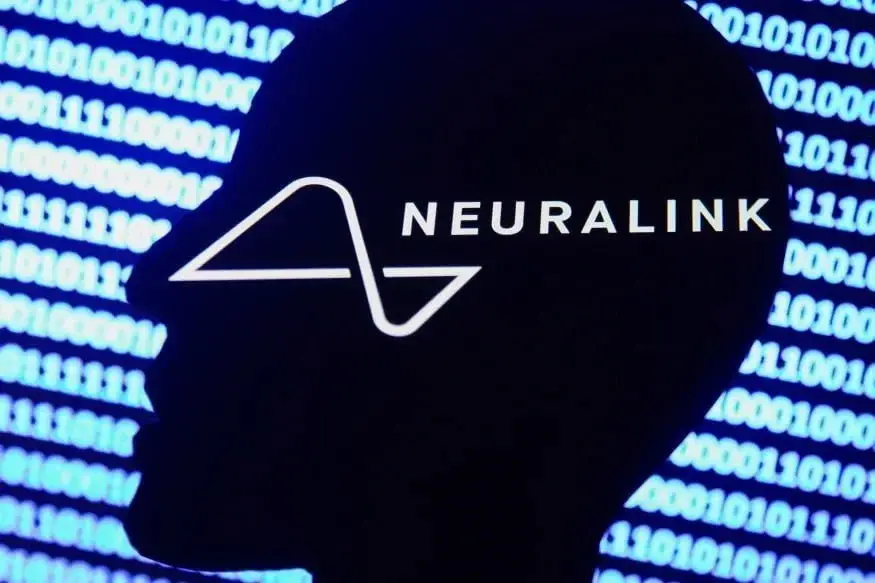Key Takeaways
1. The human brain has specialized areas for processing solid objects and non-solid materials, identified in a study published in Current Biology.
2. The research reveals subregions in the brain’s visual cortex that respond differently to “things” (solids) and “stuff” (liquids).
3. Researchers used video clips of objects interacting with environments while monitoring participants’ brain activity with fMRI.
4. Both shape recognition and physical property analysis areas in the brain show distinct reactions to solids and liquids.
5. These findings could inform the development of advanced AI systems with separate processing models for solids and liquids, enhancing their interaction with the environment.
In research, neuroscientists found out that the human brain has different specialized areas for processing solid objects compared to non-solid materials. This study, published on July 31 in the Current Biology journal, is the first to identify specific regions in the visual cortex that correspond to this distinction.
New Insights on Recognition
Previously, it was known that the brain features specialized areas for recognizing 3D objects. This new research goes further, showing that within the brain’s shape-recognition pathway and the one that analyzes physics, there are subregions that react differently to solid items and flowing materials. The researchers referred to these categories as “things” and “stuff.”
Research Methodology
To conduct their study, the team utilized software typically used by visual effects artists to create more than 100 video clips showcasing things and stuff interacting with various environments. Participants watched these videos while their visual cortex was scanned using fMRI (functional magnetic resonance imaging). The results indicated that both the area associated with shape recognition and the one linked to analyzing physical properties reacted to both stuff and things, highlighting specialized subregions for each type of object.
Implications for AI Development
This discovery could lay the groundwork for creating more advanced AI robots. Similar to the human brain, AI systems and robotic vision could be designed with distinct computational models for solids and liquids, enabling them to better perceive and engage with their physical environment.


